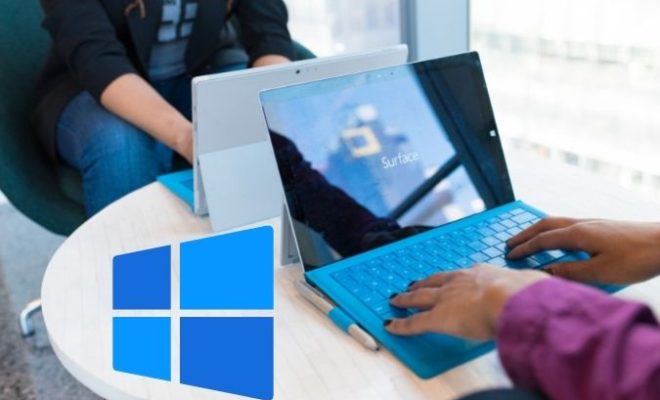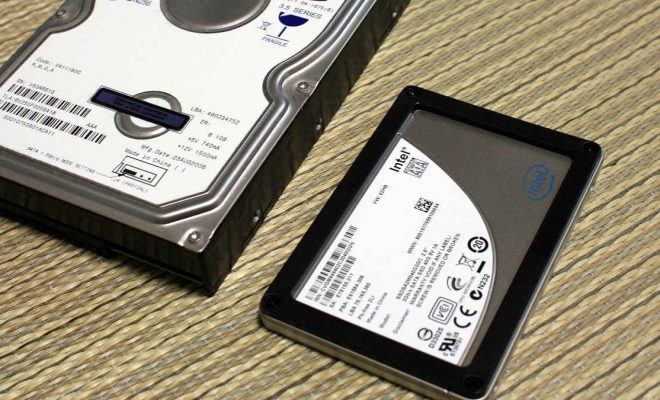Ways to Fix the “Class Not Registered” Error on Windows

The “Class Not Registered” error is a common issue that is encountered by Windows users. It can occur when attempting to open or use specific programs or features on the system. The error message typically reads, “Class not registered. The error occurred while executing an application or accessing a file.”
Option 1: Re-register the affected DLL files
One of the most common reasons for the “Class Not Registered” error is a missing or corrupted Dynamic-Link Library (DLL) file. To fix the issue, you can try re-registering the DLL files using the Command Prompt. Here are the steps to do so:
Step 1: Press the Windows + R keys to open the Run dialog box.
Step 2: Type “cmd” in the box and hit Enter to open the Command Prompt.
Step 3: Type the following commands, one by one, and press Enter after each one:
“regsvr32 /u shell32.dll”
“regsvr32 shell32.dll”
Step 4: Restart your computer and see if the error is fixed.
Option 2: Change the Default Program for a File Type
Another way to fix the “Class Not Registered” error is by changing the default program for a specific file type. Here are the steps to do so:
Step 1: Right-click on the file that is causing the error and select “Open with.”
Step 2: Select “Choose another app.”
Step 3: Choose the desired program from the list or click on “More apps” to see additional options.
Step 4: Check the box that says, “Always use this app to open . files”
Step 5: Click on “OK.”
Option 3: Run a System File Checker (SFC) scan
The “Class Not Registered” error can also be caused by missing or corrupted system files. A System File Checker (SFC) scan can help detect and repair these issues. Here are the steps to run an SFC scan:
Step 1: Open the Command Prompt as an administrator.
Step 2: Type “sfc /scannow” and press Enter.
Step 3: Wait for the scan to complete.
Step 4: Restart your computer and check if the error has been fixed.
Option 4: Check for Windows Updates
Installing the latest Windows updates can also help fix the “Class Not Registered” error. This is because updates often contain bug fixes and security patches that can resolve issues like this. Here are the steps to check for updates:
Step 1: Go to Settings > Update & Security.
Step 2: Click on “Check for updates.”
Step 3: If updates are available, click on “Install now.”
Step 4: Restart your computer and check if the error is fixed.






